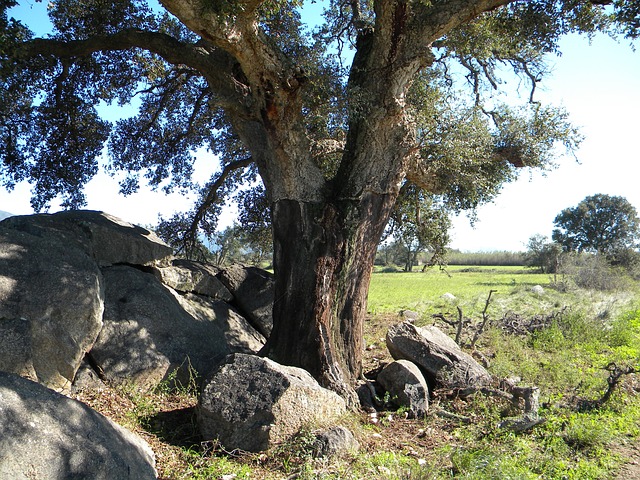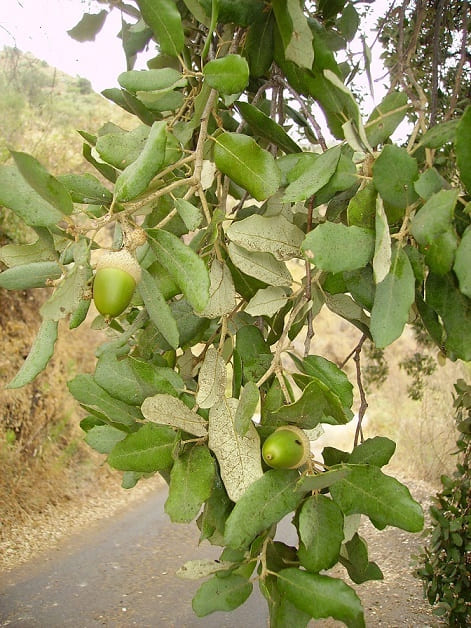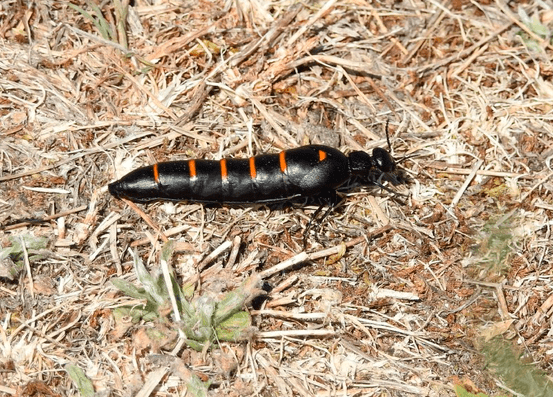Biodiversity Iberian Peninsula
One of the main incentives for hiking, running, cycling or climbing is contact with nature. Probably all the practitioners of these sports have something in common their love of the natural environment. Here we want to provide information about the trees, plants and animals that we will usually find on our routes so that we know how to identify them and find out some curiosities and interesting facts. Publish and share your photos and help the community learn more about the biodiversity of your environment
Cork Oak (Quercus Suber):It is a regular on the Iberian Peninsula and the Mediterranean environment. The trunk is covered with a very thick cork bark (up to 15 cm), light and with deep longitudinal tears. It is usually exploited by removing the cork in the lower area, then showing a smooth orange rind. Its cork bark is the best identifier to distinguish it from its closest relatives, the gall oak (Quercus Faginea) and the holm oak (Quercus Ilex).


Common oiler (Berberomeloe majalis) Also known as carraleja, curita, curilla, puffin, curica... it is a beetle (commonly beetles). Its abdomen is very elongated and segmented, with orange or red transverse bands. Be careful not to touch it as it secretes a very toxic substance (cantharidin) that causes irritation and rashes on contact with the skin and if ingested it will cause vomiting, diarrhea and urinary problems. Cantharidin was used as an aphrodisiac in ancient times.

Remember that we must take care of the rural environment, more information in Responsible access to the rural and natural environment by cyclists and hikers
Sicami Tracks - 출발점